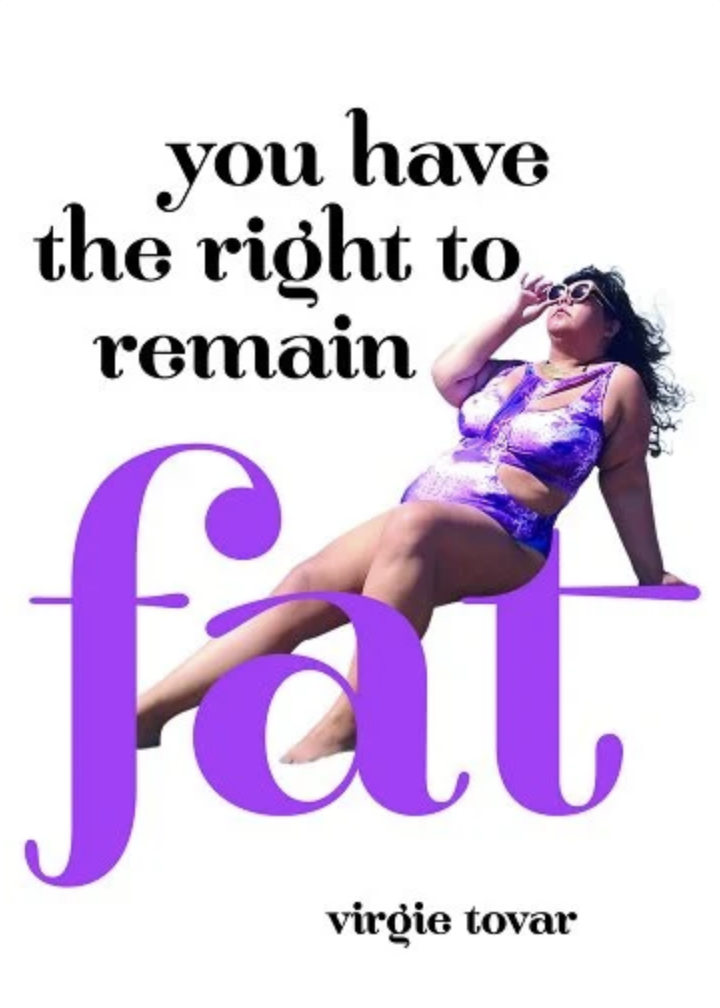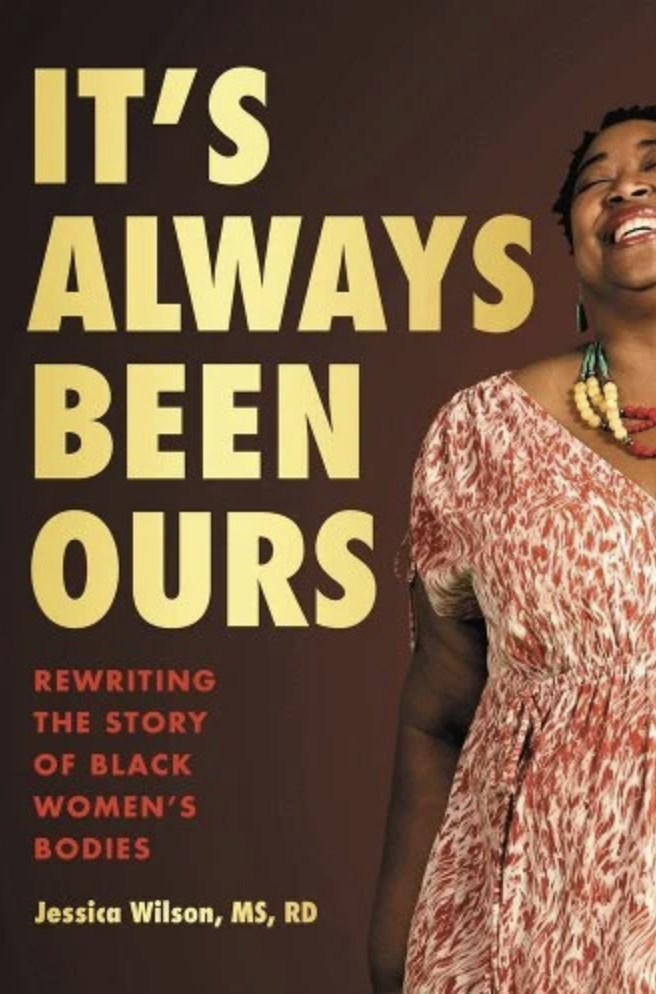Health at Every Size® (HAES®) + the Body Liberation Movement
written by Sara Parsons, MSN, RDN
Content Warning: This blog article contains discussions about body weight, body size, body mass index (BMI), weight-based interventions, weight bias/stigma and weight-based discrimination. This blog article explores the current scientific literature which, unfortunately, uses stigmatizing terms such as over-weight, o*ese, and o*esity. This blog article also contains brief discussions around racism, oppression, ableism, healthism, and transphobia as they apply to dieting/diet culture and the history of the body liberation movement.
As weight-inclusive providers and/or advocates, it is imperative that we understand the Health at Every Size® paradigm and Body Liberation. Each of these are foundational to weight-inclusive spaces and to providing weight-inclusive care. Let’s take a minute to explore Health at Every Size® (or HAES®) and the Body Liberation Movement.
What is Health at Every Size®?
The Health at Every Size® (HAES®) model, as the name implies, is built upon the idea that each person can live a healthy life regardless of body size (i.e., body weight). Health exists on a continuum that fluctuates throughout every individual’s lifetime. Health will also look and feel different person to person based upon many factors both within and outside of their control. The Association for Size Diversity and Health (ASDAH) provides a more holistic definition of health and reminds us that health “…cannot be characterized as [simply] the absence of physical or mental illness, limitation, or disease… Health should be conceived as a resource or capacity available to all regardless of health condition or ability level, and not as an outcome or objective of living. Pursuing health is neither a moral imperative nor an individual obligation, and health status should never be used to judge, oppress, or determine the value of an individual.” (1). According to ASDAH, HAES® promotes health equity, opposes weight-based discrimination, and seeks to improve access to quality healthcare for folks of all body sizes (1). There are five principles of HAES®: weight inclusivity, health enhancement, eating for well-being, respectful care, and life-enhancing movement (1,2). A summary of each principle is outlined below (1,2):
Weight Inclusivity: We respect (and celebrate) the natural diversity of bodies and refuse to idealize or pathologize certain body types/sizes.
Health Enhancement: We support policies and systematic changes that improve equitable access to information and healthcare services that support each person’s unique needs.
Eating For Well-Being: We promote flexible, balanced eating patterns that honor each person’s individuality, physical needs, cultural needs, and pleasure – not for weight control.
Respectful Care: We work to acknowledge bias and end weight stigma/discrimination. We work to provide the best possible care to every patient and honor each patient’s identities, socioeconomic status, age, etc. We work to change environments so that they accommodate all bodies regardless of size or ability.
Life-Enhancing Movement: We support physical activity that ultimately is chosen by the individual because it brings them joy and supports their physical and mental health. We support physical activity that is accessible to people regardless of body size or level of ability.
In short, folks who align themselves with HAES® principles acknowledge that health is relative and the amount of adipose tissue (of fat) on a person’s body does not define their health status. Folks in larger bodies are not ticking time bombs of disease. HAES®-aligned providers and activists understand that the impact of weight stigma and fat-phobia (among many other factors such as racism, poverty, discrimination, trauma, abuse, genetics, environmental exposures, and more) are extremely detrimental to a person’s health and wellbeing regardless of body weight. Lastly it is important to remember, as author and registered dietitian Christy Harrison writes in her book Anti-Diet: Reclaim Your Time, Money, Well-Being, and Happiness Through Intuitive Eating, that “…health is not a moral obligation: you aren’t required to pursue it in order to prove your worthiness.” (3).
What is Body Liberation?
According to The Joy Project, documentation of the body positivity, fat acceptance, and fat/body liberation movement in the US is greatest during the 1960s and 1970s in tandem with the Civil Rights movement. Two groups were founded during this time – The National Association to Advance Fat Acceptance and The Fat Underground. However, neither of these groups included people of color (4). The work of black activists who laid the foundation for fat liberation and body acceptance continue to be overlooked in discussions around the history of The Body Liberation Movement (4). In fact, stigmatizing language against folks in larger bodies emerged simultaneously with the creation of the BMI in the mid-1800s. By the early 1900s, fat-phobic tropes and attitudes against people of color (namely black women) were prolific (4). In their article “The Black, Femme History of the Body Positive & Fat Liberation Movement”, The Joy Project writes:
“Fat, Black Women stood up and spoke out about the characterization and dehumanizing treatment given to fat people, as well as highlighted the intersection of fatness and Blackness, advocating for the de-stigmatization and fair treatment of ALL fat bodies. Yet, these same people have been ousted from the movement, are not talked about when the history is brought up, and continue to be disproportionately harmed at the hands of the movements themselves.”
The University of Vermont defines body liberation as “…the freedom from social and political systems of oppression that designate certain bodies as more worthy, healthy, and desirable than others.” Such systems of oppression (including diet and wellness culture) continue to hold able-bodied, cisgendered, thin and/or fit, and overwhelmingly white bodies over any other body as desirable and acceptable (5). The Body Liberation Movement, along with Health at Every Size®, seeks to free people from the very real pressures to change (AKA shrink) their bodies and dismantle the systems of oppression that spread misinformation, bias, and stigma against fat bodies.
What Are Critics Saying About HAES® & The Body Liberation Movement?
Critics of HAES® and body liberation often say that they are promoting o*esity (whatever that means). The truth of the matter is that HAES® and the Body Liberation Movement lift up all bodies regardless of size, shape, ability, or any other identity (3). Both seek to support diversity among people. Both aim to promote self-care and self-acceptance (3). HAES® and the Body Liberation Movement work to end stigma, oppression, and harm towards folks in larger bodies (3). And both recognize the fact that health looks different for each of us (3,6).
How Can I Be of Support, Get Involved, or Find More Info?
Supporting weight inclusivity, HAES®, and body liberation are matters of social justice and political activism (5). If you are not a member of WIND, consider joining to receive resources, opportunities for continued education, and community engagement.
Support ASDAH and other amazing organizations like the FEDUP Collective (Fighting Eating Disorders in Underrepresented Populations), the National Association to Advance Fat Acceptance (NAAFA), Body Reborn, Project Heal .
If you want to take a deeper dive into these conversations, below is a list of books to add to your library:
The Body is Not an Apology by Sonya Renee Taylor
Fearing the Black Body: The Racial Origins of Fat Phobia by Sabrina Strings
You Just Need to Lose Weight and 19 Other Myths About Fat People and What We Don’t Talk About When We Talk About Fat by Aubrey Gordon
The Other F Word: A Celebration of the Fat & Fierce by Angie Manfredi and Renee Watson
Belly of the Beast by Da’Shaun L. Harrison
Anti-Diet: Reclaim Your Time, Money, Well-Being, and Happiness Through Intuitive Eating by Christy Harrison
The Body Liberation Project by Chrissy King
More from the WIND Bookshop:
References:
https://nutritionj.biomedcentral.com/articles/10.1186/1475-2891-10-9
Harrison C. Chapter 10: Health at Every Size and Body Liberation. In: Harrison C. Anti-Diet: Reclaim Your Time, Money, Well-Being, and Happiness Through Intuitive Eating. 1st ed. Hachette Book Group; 2019:243-245.
https://www.joyproject.org/the-black-femme-history-of-the-body-positive-fat-liberation-movement/
https://www.nationaleatingdisorders.org/size-diversity-health-every-size



